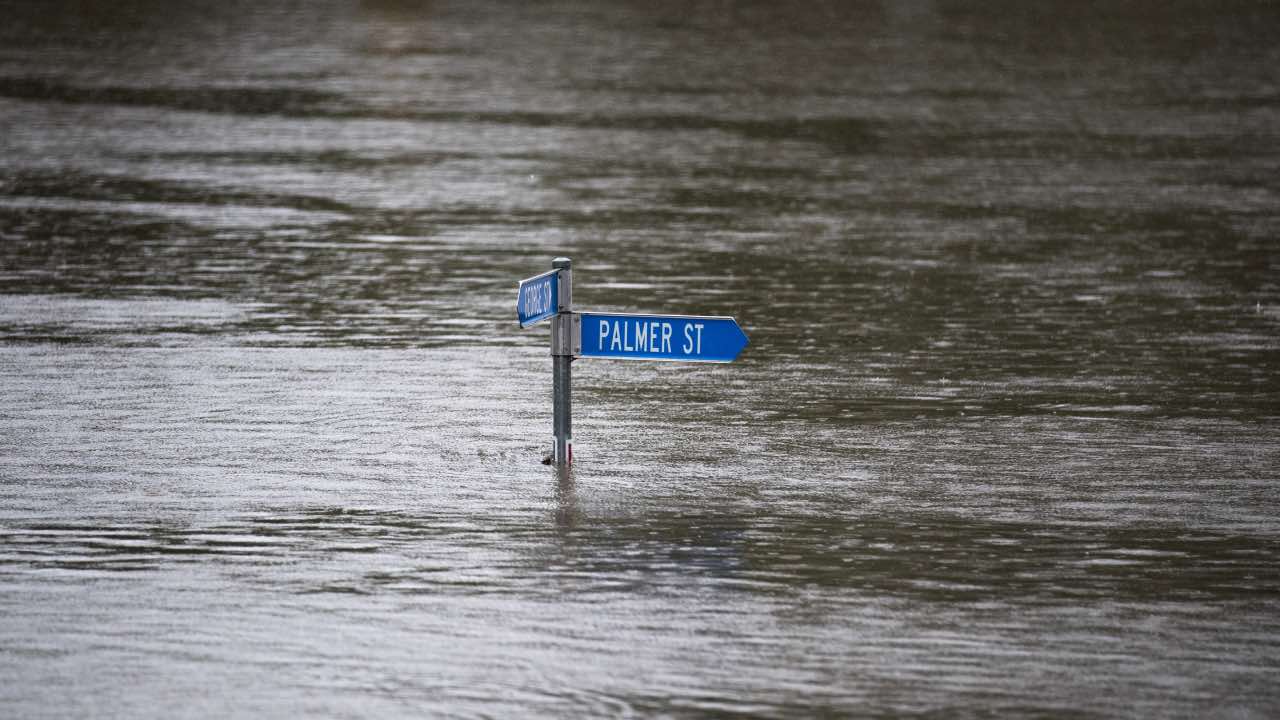Mapping floods on every street in the world

Accurate, street-level data on flooding risk is tremendously useful when preparing for natural disasters. But this data can be very hard to come by, especially in poorer nations.
Enter the World Flood Mapping Tool, a new site developed by the United Nations University Institute for Water, Environment and Health (UNU-INWEH). The tool contains detailed 3D maps of all the world’s floods since 1985.
“As temperatures continue to rise, the number of flood events will increase along with their severity,” says Hamid Mehmood, a GIS and remote sensing specialist at UNU-INWEH, who was lead developer on the tool.
“No place is immune. And yet remarkably few regions, even in wealthy countries, have useful, up-to-date flood maps because of the cost and difficulty of creating them.”
The free mapping tool, which is available on UNU’s website, is designed to be simple to use. Users can select an area of the world map in which they’re interested, enter a time frame, and the tool generates a map showing which parts of the area were inundated. They can also view population density, land type and 3D images of building structures.
“We need to prepare now for more intense and more frequent floods due to climate change,” says Vladimir Smakhtin, director of UNU-INWEH.
“This tool will help developing nations in particular to see and mitigate the risks more clearly.”
The tool uses satellite data from the Google Earth Engine to discern flooded land. The researchers tested the satellite-generated data against eight well-documented flooding events (including the February 2008 Queensland floods), finding the tool to be 82% accurate.
The researchers say their tool will be particularly helpful for urban planning and development, as it can pinpoint precise areas that are at risk of flooding.
“Painting a detailed picture of the historical and potential flood-risk areas will be invaluable for any urban and regional planning department,” says collaborator Duminda Perera.
Image credits: Getty Images
This article was originally published on cosmosmagazine.com and was written by Ellen Phiddian.
